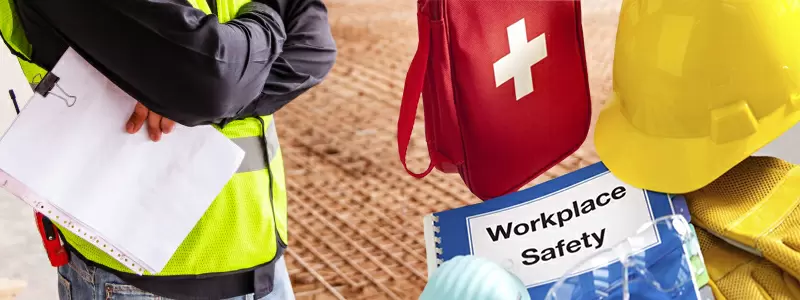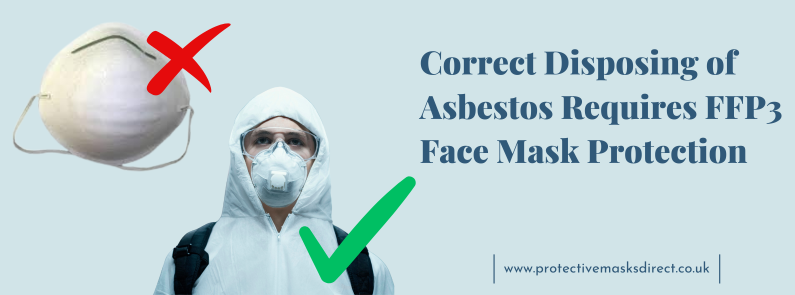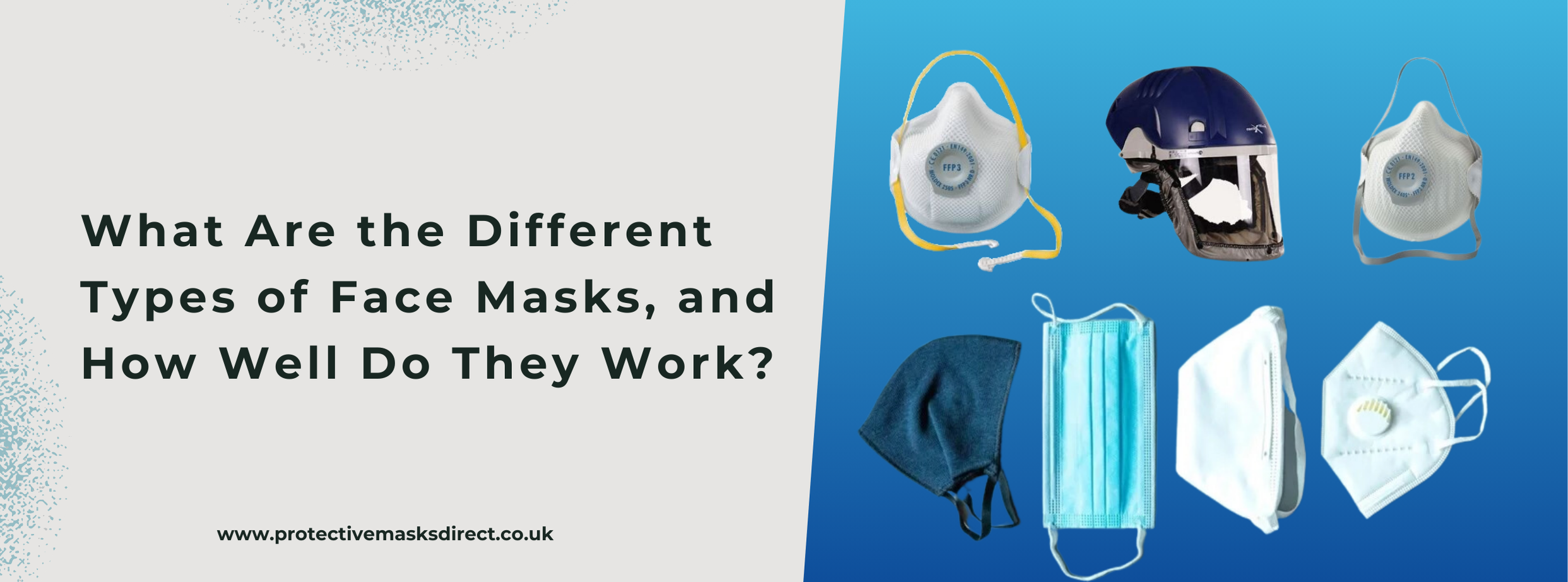
As an employer, it’s your responsibility to provide your employees with a safe workplace, free of potential health hazards and other dangers. Accidents in the workplace don’t just impact you financially, but also could end up damaging the reputation of your business.
Turning a blind eye to the potential safety hazards in the workplace could end up costing you a lot in the long run. The good news is that – most workplace hazards are avoidable, by taking the right steps.
5 Hazardous Workplace Safety Issues that You Cannot Afford to Ignore
Here, in today’s guide, you can find a list of common workplace safety issues and the best ways to avoid them.
1. Failing to Inspect and Upgrade Machinery
Very often, employers and safety managers make the mistake of skipping machinery inspections if everything seems to be working fine. They believe that as long as a machine is running, it doesn’t pose any safety hazard. This is a wrong approach and could lead to costly repairs and replacements down the line.
Make sure that you bring in the right professionals to inspect your heavy machinery regularly, even if everything seems to be fine. If the machine manufacturer recommends a service every six months, then ensure that you do it, without skipping it. There may be potential hazards under the hood that you may not be aware of.
Proper and periodic inspections are a must to ensure that the machines run properly without any safety hazards. Also, regular inspections reduce downtime, costly repairs, thereby boosting productivity and your bottom line.
2. Failing to Wear the Right Personal Protective Equipment
Personal Protective Equipment (PPE) should be worn at all times, even if the task at hand may seem simple. Though a worker may feel that he has done a task hundreds of times and could do it easily even when blindfolded, it’s essential to wear the right PPE like safety goggles, boots, helmets, full face dust masks, disposable coveralls and more – while doing the job.
And, employees shouldn’t remove the PPE midway through the task even if the weather is uncomfortable. Ensure that all your employees wear the right PPE from the start to the end of the task.
Additionally, you have to conduct regular PPE Assessment to ensure that the protective gear is in the right shape and fit the employee perfectly so that they can do the job unhindered.
Safety managers also have to check whether employees are using PPE the right way. For instance, a few employees may be reusing disposable dust masks, when it should be used only once.
3. Failing to Update Your Safety Policy
This is another mistake that even seasoned safety managers make. Your business may have a safety policy, but that doesn’t mean, you can use it forever. A safety policy is a living document and has to be updated regularly to include the changes in your workplace.
Make it a point to review your safety guidelines at least once a year. Discard safety rules that no longer apply, and include recent additions. Once you have updated the safety policy of your workplace, make sure to communicate it with your employees, so that they are aware of the latest changes.
While reviewing the updated safety guidelines, make sure that all your employees understand it, so that they can implement it with ease.
4. Using one Tool instead of Another
Using the wrong tools for a particular task, not only affect the quality of work but also could cause potential danger.
For instance, consider the case of scaffolds and ladders. While both may appear similar – provide employees with a way to work on an elevated area – both these tools are made for different situations. Using a ladder in place of a scaffold could cause falls – of employees or heavy objects – which, in turn, lead to fatal workplace accidents.
Make sure that your employees use only the right tools for the job and don’t take any shortcuts. Encourage employees to use the proper tools, even if it takes a few extra minutes for completing the task. This extra time, is well worth it, as it reduces potential accidents in the workplace that could end up costing you plenty.
5. Failing to Focus on Housekeeping
This may not seem like a safety issue, but poor housekeeping doesn’t just make the workplace feel messy but is a potential safety and health hazard. For instance, wires lying all over the floor don’t just make the place feel cluttered but are a potential tripping hazard.
When it comes to housekeeping, it isn’t just the duty of the housekeeping team, but all employees. Get employees to replace safety equipment like an FFP3 dust mask, air-fed respirator masks, helmets and goggles in the right place, so that they are accessible to the next shift of workers.
Proper housekeeping is keeping things in the right place and cleaning up after a task is complete. Very often, poor housekeeping is one of the major reasons for potential workplace disasters. For instance, in the case of a fire in the workplace, you don’t want to spend precious moments trying to remove large boxes and other debris blocking the emergency exits or the in-house fire extinguisher.
Final Thoughts
The majority of workplace accidents could be avoided by taking a proactive approach. Make sure to use the tips listed above, to reduce and eliminate workplace hazards, thereby protecting your employees and physical property.




